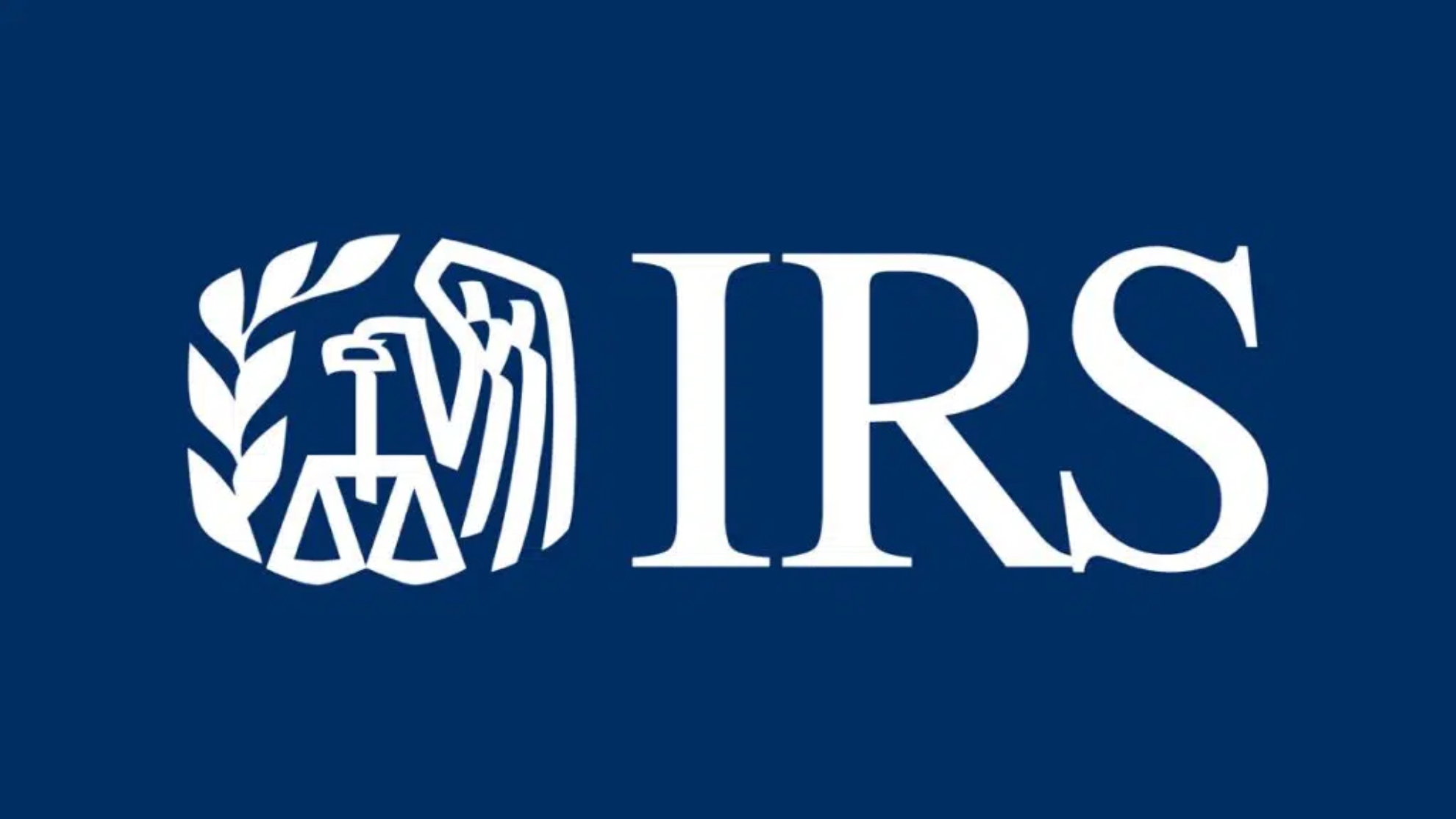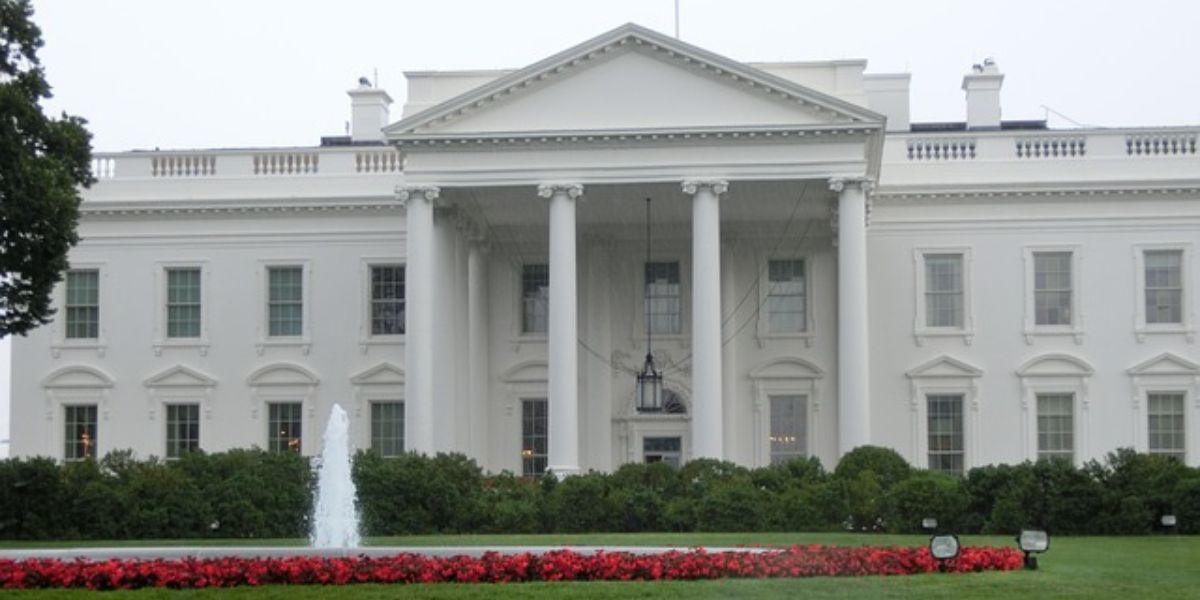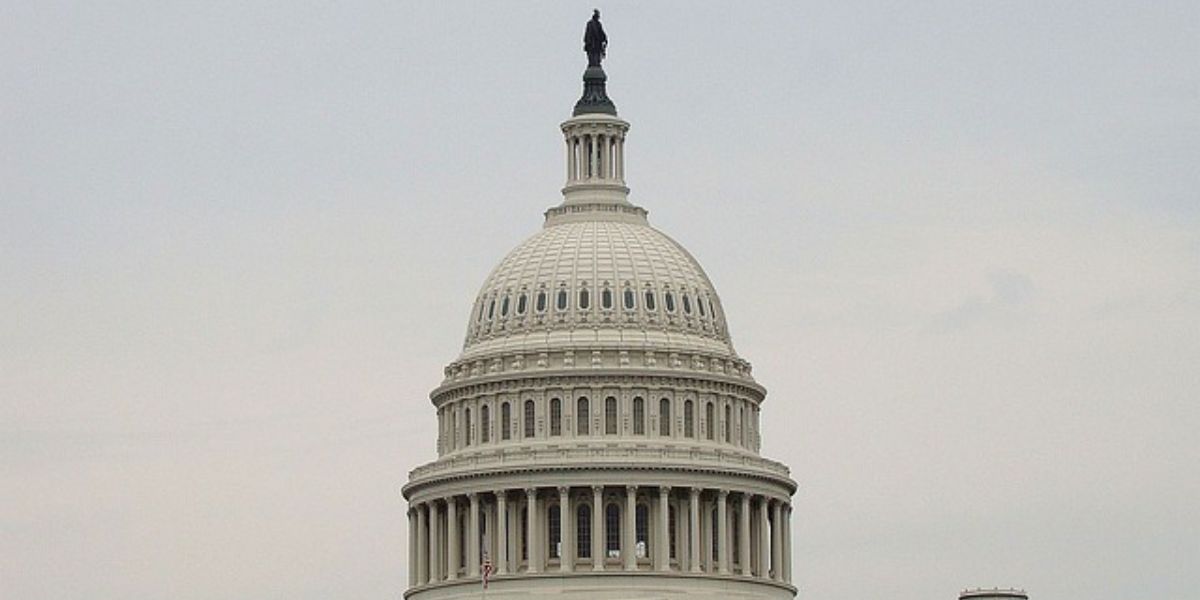In the IRS and Treasury Priority Guidance Plan for 2024/25, issued on 3 October 2024, there is a plan for a new section 482 guidance project to provide guidance for taxpayers consistent with Amount B of Pillar One. The OECD Amount B Guidance outlines the simplified and streamlined approach to arm’s-length pricing of baseline marketing and distribution activities undertaken by multinationals. The approach aims to relieve the compliance burden and uncertainty for multinationals and simplify the administrative burden on tax authorities, particularly in low- and middle-income jurisdictions.
The OECD guidance includes criteria to establish the activities that are within the scope of Amount B; and includes a formulaic pricing method based on the use of the transactional net margin method with the return on sales as a profit level indicator. The OECD also gives guidance on documentation requirements under the streamlined method. There is additional administrative guidance with lists of covered jurisdictions whose adoption of Amount B must be respected by other jurisdictions. Also, some qualifying jurisdictions may be entitled to higher returns for in-scope activities.
If the guidance on Amount B is incorporated into U.S. law, there will be procedural issues for the IRS and Treasury. Countries can adopt the OECD Amount B guidance beginning in 2025, but domestic adoption is not required. Each country must respect the decision of other countries to apply the OECD guidance on Amount B even if they have not done so themselves. The US has called for all jurisdictions to apply the guidance, but some member countries of the OECD Inclusive Framework on base erosion and profit shifting (BEPS) are opposed to mandatory application of the guidance.
A decision will need to be taken by the IRS and Treasury on the extent to which they adopt the Amount B Guidance for in-scope US activities. They also need to consider situations where a U.S. taxpayer is the counterparty to an affiliated distributor within the scope of the rules, in a jurisdiction that has not adopted the OECD Amount B Guidance.
The IRS and Treasury would also need to consider the possibility of adopting the Amount B Guidance as a safe harbour, consistent with the Services Cost Method, or as a mandatory rule for activities that are within the scope of the rules. A safe harbour approach to Amount B is favoured by some, rather than requiring all in-scope multinationals to apply an approach that may not be appropriate in their circumstances. The approach could in some cases increase their administrative burdens rather than simplifying them.
In developing US guidance on Amount B, the US could give fresh consideration to earlier proposals that were not adopted in the final version of the OECD proposals. For example, it was at one stage proposed that the scope of Amount B could be extended to include distributors of services and of digital goods and services. The IRS and Treasury could consider including this extended scope in developing the US guidance.
The IRS and Treasury could also consider including other recent changes to the OECD Transfer Pricing Guidelines into US law. Included in the 2024 Priority Guidance Plan is a regulatory project to clarify the effects of group membership on financial transactions, an issue that was addressed in a 2020 update to the OECD Transfer Pricing Guidelines. This might for example affect the influence of the group’s credit rating on the arm’s length pricing of financial transactions of a member of the group.















